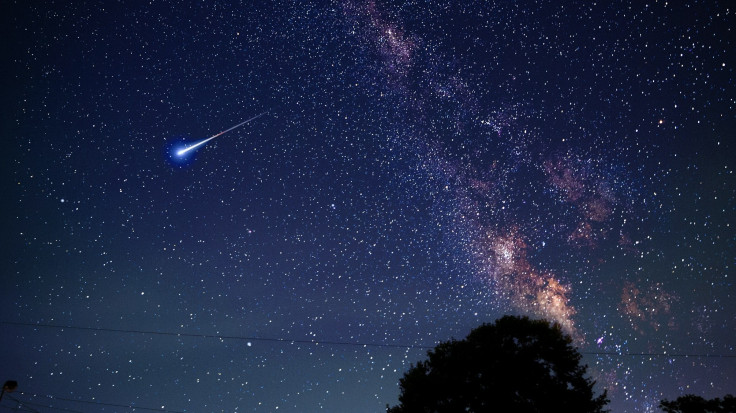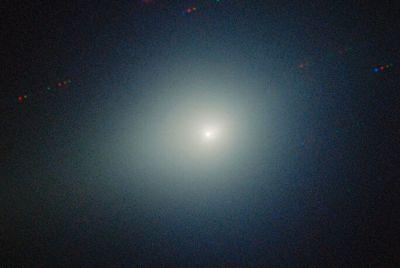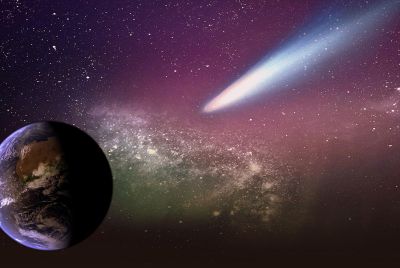3I/ATLAS Post-Perihelion Update: Nickel Spotted—What Does This Mean for Us?
Interstellar comet 3I/ATLAS shows surprising nickel vapour post-perihelion.

It is not every day we get a visitor from another star system. The interstellar comet 3I/ATLAS is just that: a rare traveller offering us a direct look at the chemistry of another solar neighbourhood.
The comet continues to surprise scientists. It just completed the inbound leg of its journey, reaching its closest point to the Sun (its perihelion) on 29 October 2025. Now, as it heads away forever, it is revealing some truly unusual secrets.
A Rare Visitor Rounds the Sun
On 29 October, 3I/ATLAS passed its perihelion at a distance of about 1.356 AU from the Sun. This close pass energised the comet, causing its tail to grow and become 'more structured', according to recent images from facilities like the Gemini South Observatory.
This behaviour is expected, as the Sun's heat vapourises ice and dust. But what scientists found inside that vapour is what makes this visitor so fascinating.
Why Is Nickel Vapour Such a Surprising Discovery?
Spectroscopic measurements—which analyse the light from the comet to determine its chemical makeup—detected something startling in its coma: 'nickel vapour'.
This is not a common finding in comets from our own Solar System, which are typically rich in water ice, dust, and lighter compounds. The presence of a heavier element like nickel hints that 3I/ATLAS may have formed in a star system with a different chemical composition than our own.
Alongside the nickel, 'cyanogen (CN) gas' was also detected. These findings suggest 3I/ATLAS is a pristine sample of material from a foreign planetary system, offering clues about how planets might form around other stars.
More Than Just Metal: An Interstellar Water Fountain
The comet is not just a metallic mystery; it is also a very active water source. The Neil Gehrels Swift Observatory spotted the 'hydroxyl radical (OH)', a chemical signpost that confirms 3I/ATLAS is 'actively releasing water ice'.
What makes this significant is that the comet is doing this even at large distances from the Sun. This, combined with observations of a 'carbon dioxide-rich coma' and an 'evolving tail', confirms its 'active comet-like behavior'. This object is a dynamic and complex body, not just a dormant rock passing through.
#3IATLAS — 33 billion tons of pure nickel, no iron, super-flat and glowing. It’s shedding plasma, forming a backward tail, and somehow lighting itself from the front. Whatever this is… it’s not ordinary. 👁️🛸 pic.twitter.com/6feyYAeyhY
— Astronomy Vibes (@AstronomyVibes) October 8, 2025
Is This Visitor Saying Goodbye (And Is It a Threat)?
For those wondering about its path, 'NASA confirms no threat to Earth'. The comet will pass us at a very safe distance.
Its journey is a one-way trip. Its high speed and orbit, with an eccentricity of approximately 6, confirm it is 'interstellar'. It is not gravitationally 'bound to the Sun' and will eventually leave our Solar System after this single encounter.
What Are the Final Chances to Study 3I/ATLAS?
While visibility from Earth is limited, scientists are preparing for two more key observation windows. On 3 November 2025, spacecraft near Mars and Venus will observe it from a distance of about 97 million kilometres.
A final opportunity comes on 19 December 2025, when the comet makes its 'Closest approach to Earth' at roughly 1.8 AU.
These final observations are critical. 3I/ATLAS 'gives us a rare glimpse of material from another star system', helping scientists refine theories on 'planet formation beyond our Solar System'.
© Copyright IBTimes 2025. All rights reserved.



















